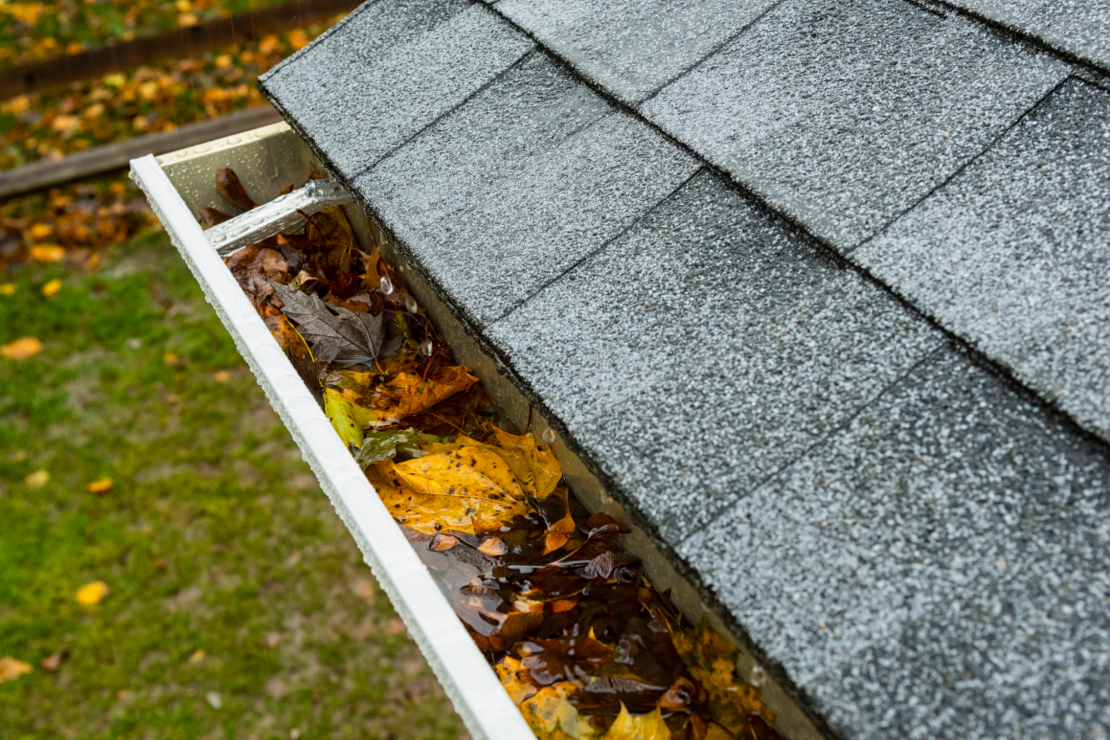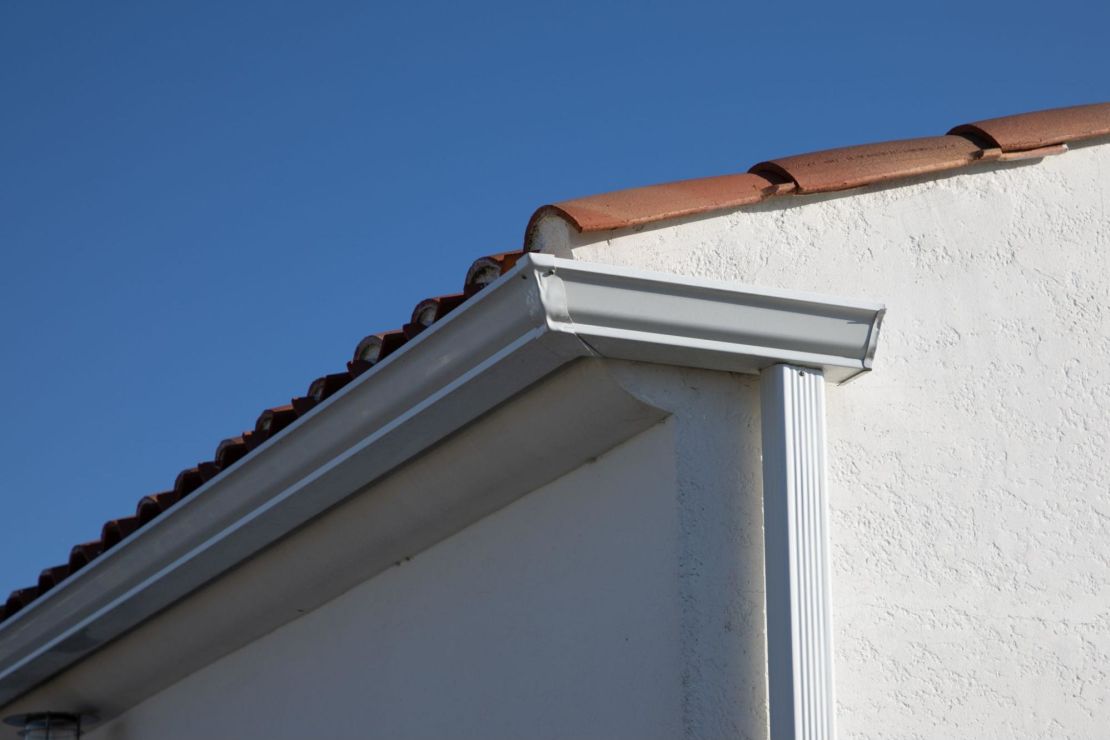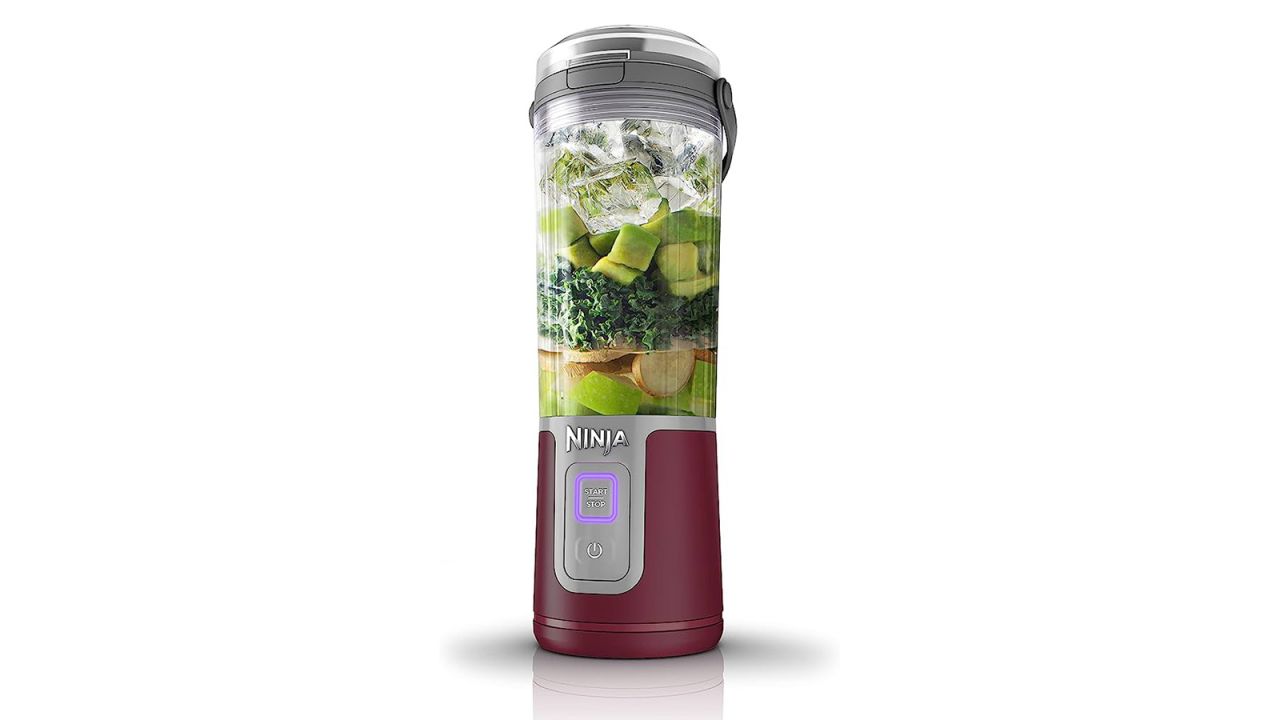On average, homeowners pay about $2,300 to have gutters installed. But are gutters worth it? In most cases, the answer is yes.
Buying a home is one of the most important investments you can make, so it makes sense to protect it from damage. One of the best ways to do that is by installing rain gutters, which provide crucial protection from water damage.
Keep reading to learn why gutters are effective, what the different gutter styles are, what materials they are made of and why they make sense for any home.
Key takeaways
Gutters protect your home from water damage and erosion.
Each type of gutter has advantages and disadvantages; for example, steel gutters are durable but heavy, and wood gutters add character but are hard to maintain.
You should install gutter guards to reduce maintenance costs and protect your gutters.
What do gutters do, and why are they important?
Rain gutters catch rain draining off your roof and channel it into downspouts, the vertical troughs that extend from the roof to the ground. Downspouts direct water away from your home.
“Gutters play a huge role in preventing foundation damage, basement flooding, protecting soffits and the fascia board, and they can even help to shelter plants and landscaping from erosion,” said Korey Gregory, a superintendent at Arizona-based ASAP Restoration LLC.
Gregory said there are some scenarios where a home may not require gutters for water protection. “Flat or low slope roof lines might not require gutters, depending upon the declination.” Also, homes in desert climates and ones built on hillsides or on stilts might not need gutter protection due to the lack of rain and limited risk of water pooling around the home’s foundation.
Pros and cons of gutters
Pros
- Can prevent flooding and foundation damage
- Helps protect landscape and foundation from erosion
- Protects roof and siding from water intrusion and mold
Cons
- Can be costly
- Can be damaged in severe weather
- Require maintenance
When should you install gutters?
“Gutters are standard on most modern homes,” said Niki O’Brien, operations manager at Custom Exteriors LLC in Colorado. “However, if you live in a home without gutters and notice any indication that water is pooling around it after rain, it’s time to install gutters.”
You should install gutters if you live in a climate that receives an average to moderate amount of rainfall and if one of the following is true:
- You have a roof with a large overhang that leads to trenching, erosion and foundation problems.
- Your home sits near the bottom of a hill or slope. Water can pool around your property, leading to soil erosion and structural damage.
- Your home has a basement. Gutters can help prevent flooding and mold on the bottom level.
- Your home is built on clay soil. Clay can absorb water and lead to pooling, which can cause foundational issues and structural damage to your home.
“Gutters can be installed year-round,” said Joe Massari, the COO of Gunner Roofing. “You should have them replaced when you notice they are damaged, pulling away from the house [or] always overflowing when it rains.”
Types of gutters
The gutter style and shape you choose will depend on your preferences for functionality, price and your home’s design or appearance.
|
Average cost
|
When to install this type of gutter
|
|
|---|---|---|
| Box style | $21 - $87 |
Provides versatility when matching your home design and gutters. Good for commercial buildings. |
| Fascia | $13 - $30 |
Gives a modern look, resists rust and is highly customizable. |
| Half-round | $9 - $31 |
Works well on older, brick or historic homes. |
| K-style | $5 - $38 |
Hold more rainwater. Good for modern-style homes. |
Box style

Box-style gutters are rectangular and provide versatility when you want to match your home’s aesthetic with your gutters. They’re highly customizable and often found on commercial buildings. Costs range from $21 to $87 per linear foot.
Fascia

Lauded for their modern look and customization, fascia-style gutters are custom-designed and integrated into the fascia board along the eaves of the roofline. Once installed, fascia gutters blend seamlessly and are resistant to leaks and rust. They cost $13 to $30 per linear foot.
Half-round

Half-round gutters resemble semi-circles or the letter U. They complement older, brick homes, often ones that are historic or higher-end. Tubal or circular downspouts work well with this gutter style. Because of their shape, debris can stick inside, leading to more frequent maintenance. The cost to install half-round gutters ranges from $9 to $31 per linear foot, with the average installation cost around $29 per linear foot.
K-style

K-style gutters resemble a K and are one of the most popular styles for homeowners. “They have a flat bottom and back, with a decorative profile on the front that looks a lot like crown molding,” Gregory says.
K-shaped gutters come in different sizes and materials. They provide excellent rain disbursement but are difficult to clean. Expect to pay $5 to $38 per linear foot for K-style gutters. The average installation cost is around $26 a linear foot.
Gutter materials
The gutter material you choose will give your home a distinct look while protecting it from potential water damage and reducing long-term roof maintenance. Vinyl and aluminum gutters are more affordable, while copper, wood and zinc gutters cost more to install.
|
Average cost
|
When to install this gutter material
|
|
|---|---|---|
| Aluminum | $5 - $14 |
Affordable, customizable and durable. Not ideal for severe weather. |
| Copper | $19 - $70 |
Low maintenance and good for severe weather. Most expensive material available. |
| Galvanized steel | $8 - $24 |
Good for strong weather and less expensive than copper or zinc. Expect higher installation costs due to weight. |
| Wood | $21 - $32 |
Natural aesthetic but prone to rot and decay. More expensive than vinyl. |
| Vinyl | $3 - $7 |
Most affordable option; however, it is less durable and of lower quality than aluminum or wood. |
| Zinc | $14 - $34 |
More expensive but highly durable and rust-resistant. Not ideal for coastal areas or salt-filled air. |
Aluminum
Aluminum gutters are popular and highly customizable. They cost $5 to $14 per linear foot. Although they’re more durable than vinyl, they can be damaged by high winds and severe weather.
Copper
“Copper gutters are known for their timeless beauty and a natural patina that develops over time,” Gregory said. Copper gutters cost $19 to $70 per linear foot and are among the most expensive on the market. Fittingly, given their expense, copper gutters add elegance and distinction to a home. They’re low maintenance, highly durable and perform well in severe weather.
Galvanized steel
Steel gutters resist strong weather at a lower price than copper or zinc. Costing $8 to $24 per linear foot may be reasonable for the quality, but installation costs are typically higher because the material is so heavy. Also, beware of installing steel gutters if you live near an ocean; salty air can corrode steel.

Wood
At $21 to $32 per linear foot, wood gutters are more about natural beauty than function. Be mindful that looks aren’t everything. Not only do they cost more than aluminum and vinyl, but wood gutters are more prone to rot and decay than other materials.
Vinyl
Vinyl is normally used for sectional gutters rather than seamless ones. It’s a lower-cost material but less durable and of lower quality than aluminum or wood gutters. Pricing is from $3 to $7 per linear foot, yet vinyl gutters can last around 15 years.
Zinc
Costing $14 to $34 per linear foot, zinc gutters are some of the most expensive and most durable. Zinc’s surface resists scratching and damage. While they won’t rust, zinc gutters are sensitive to salty air.
What are seamless gutters?
Seamless gutters are manufactured from one piece of material and, therefore, don’t have joints or seams that require sealing, which may be prone to leakage. They are custom fit for your property and made onsite with prices from $3 to $25 per linear foot.
Seamless gutters cost more upfront but last longer than sectional gutters and require less maintenance. The durability can amount to significant long-term cost savings. If you clean your gutters twice a year at an average cost of $230, you can expect seamless gutters to save you between $50 and $120 per year on maintenance alone. Additionally, sectional gutters require resealing.
According to O’Brien, installing 5-inch aluminum seamless gutters is the way to go. “Their value is not just in their reasonable upfront cost but also in the prevention of some costly issues that can be created by other types of gutters,” she said.

How do you maintain gutters?
Gutter professionals recommend cleaning your gutters twice a year, in spring and fall. This biannual maintenance will help keep them clear of leaves and other debris that can lead to mold, pests and blockages. On average, gutter cleaning costs between $120 and $235.
“Regular maintenance is critical to ensure the longevity of the gutters and the roof that they are protecting,” Gregory said. “They need to be inspected for damage that can cause corrosion. The downspouts should be regularly checked and cleared to prevent blockages from causing flooding.”
Gregory suggests trimming overhanging branches that threaten to damage the gutters and considering gutter guards to prevent the majority of roof debris from falling into the gutter channels.
Should you install gutter guards?
Gutter guards cost an average of between $130 and $2,800 for 200 linear feet, so they can add a significant amount to your gutter installation project. However, they can significantly reduce the maintenance required for your gutters, which can result in savings — both time and money — in the long run.
“Gutter guards are a good addition to the gutters. They help prevent leaves/debris and pests from going into the gutters causing clogs. Ensure you choose the gutter guards that match with your gutter and roof system,” Massari said.
Pros
- Helps control pests
- Prevents debris build-up inside gutters
- Saves on gutter maintenance costs
Cons
- Can be costly
- May require professional installation
- Requires maintenance to work properly
Bottom line
Gutters may not appear important, but they’re central to protecting your home from pooling rainwater and environmental threats. When deciding if gutters are a good investment, consider your home’s design, location (atop a hill or at the bottom) and the average rainfall in your area.
While most experts recommend seamless aluminum gutters, there is a gutter style and material for every home. Gutter installation and overall maintenance are less expensive than recurring repairs for mold removal, flooding or foundational damage to your home.




















